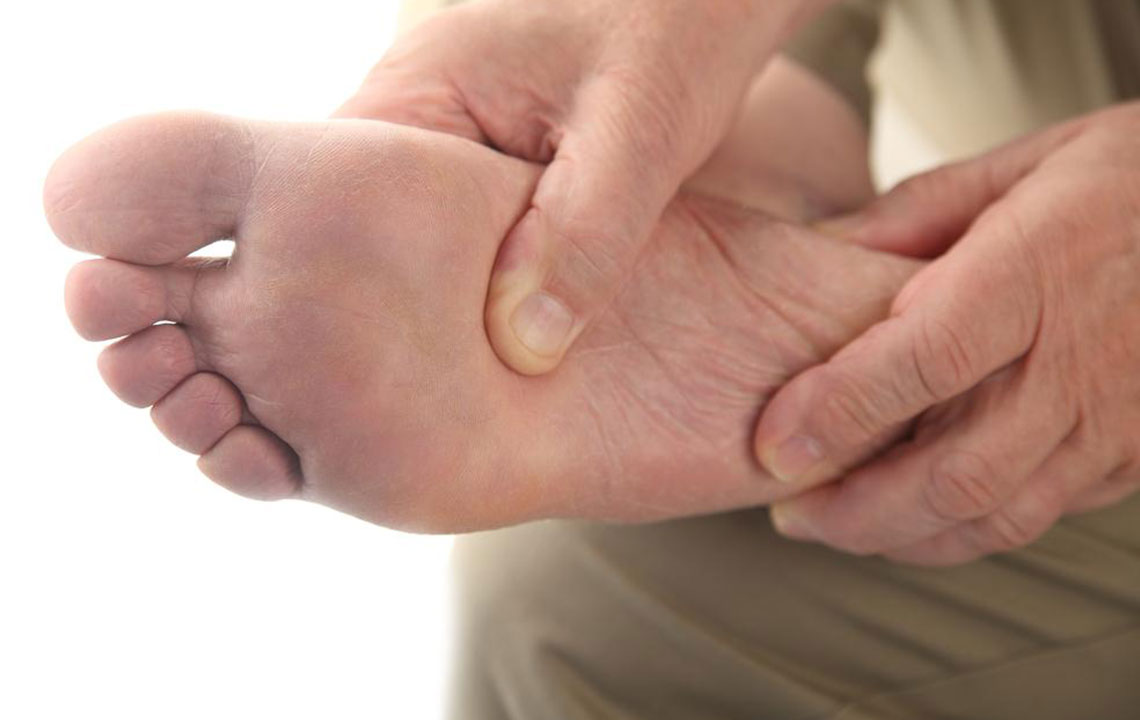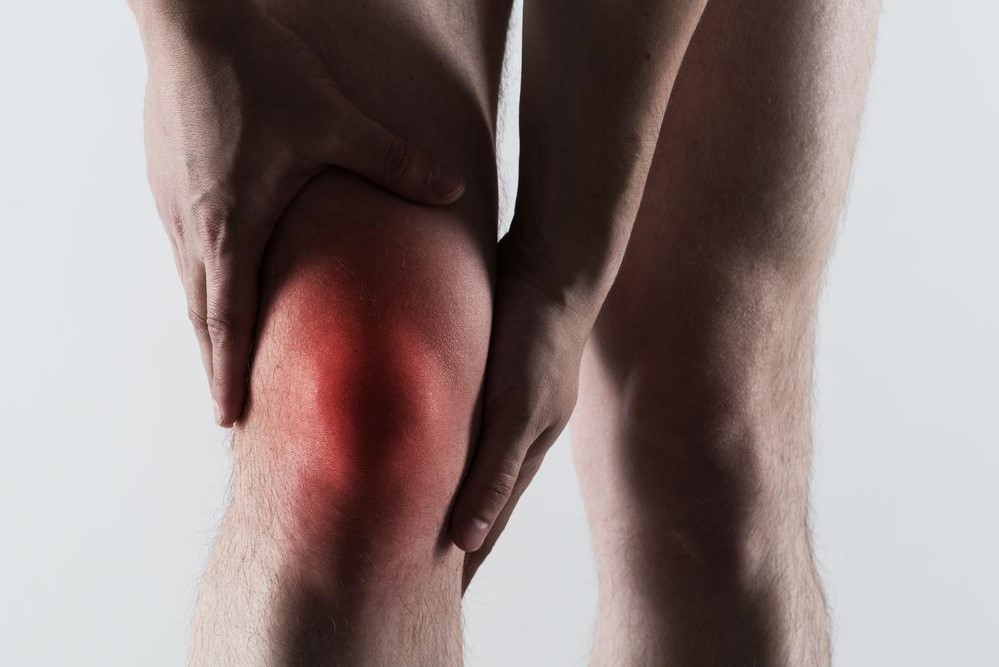Comprehensive Guide to Gout: How to Detect, Manage, and Prevent This Common Joint Disorder
This comprehensive article explores gout in detail, covering diagnosis, progression stages, risk factors, and prevention strategies. It emphasizes lifestyle modifications and medical interventions that can help manage and prevent this common joint disorder, enabling patients to lead healthier lives. Proper understanding and early treatment are key to avoiding joint damage and improving quality of life.

Comprehensive Guide to Gout: How to Detect, Manage, and Prevent This Common Joint Disorder
Gout, medically known as gouty arthritis, is a prevalent form of inflammatory arthritis that primarily affects the joints. Characterized by sudden, severe attacks of pain, swelling, redness, and tenderness, gout can strike unexpectedly, often during the night, disrupting daily life and causing significant discomfort. While it predominantly affects the big toe, gout can impact various joints including ankles, knees, wrists, and fingers. Understanding how to identify, manage, and prevent gout is essential for those at risk or experiencing symptoms. This comprehensive article delves into the intricacies of gout, including diagnostic methods, the progression stages, risk factors, and effective prevention strategies.
Understanding Gout: Definition and Symptoms
Gout is caused by an accumulation of uric acid crystals within the joints. Uric acid is a waste product formed when the body metabolizes purines, compounds found in many foods and beverages. Normally, uric acid dissolves in the blood and is excreted through the kidneys. However, for reasons including genetic predisposition, diet, obesity, and kidney function impairment, uric acid levels can become elevated, leading to crystal deposition in joints and tissues. This prompts the immune system to react, resulting in inflammation and intense pain episodes.
The hallmark symptoms of gout include intense joint pain, swelling, redness, warmth, and tenderness. Attacks often occur suddenly, frequently at night, and can last from a few hours to several days. Over time, recurrent gout episodes can lead to joint damage and deformity if not properly managed. Recognizing early signs and seeking prompt medical attention can greatly improve outcomes.
Diagnosing Gout: Essential Tests and Procedures
Accurate diagnosis is crucial for effective treatment and management of gout. Several diagnostic tools are utilized by healthcare professionals:
Joint Fluid Analysis: This is the definitive test for gout. During this procedure, a physician uses a needle to extract synovial fluid from the affected joint. The fluid is examined under a microscope for the presence of needle-shaped urate crystals, which confirm gout.
Blood Tests: Measuring serum uric acid levels provides supporting evidence but is not conclusive because uric acid levels can fluctuate. Elevated uric acid suggests increased risk, but some individuals with high levels may not develop gout, and others with normal levels may experience attacks.
X-ray Imaging: X-rays can help identify joint damage caused by gout and differentiate it from other types of arthritis such as rheumatoid arthritis or osteoarthritis.
Ultrasound: Using high-frequency sound waves, ultrasound imaging can detect urate crystal deposits in joints and soft tissues, aiding in early diagnosis.
Advanced imaging techniques like dual-energy computed tomography (DECT) can also visualize urate deposits with high accuracy, assisting in complex cases or when diagnosis is uncertain.
The Four Stages of Gout: From Onset to Chronicity
Gout progresses through distinct phases, each characterized by specific features and clinical implications:
Stage 1: Asymptomatic Hyperuricemia
This early phase involves elevated uric acid levels without symptoms. Some individuals may never develop gout, but high levels pose a risk. Monitoring and lifestyle modifications during this stage can prevent progression.
Stage 2: Acute Gout Attacks
The classic phase where sudden, intense joint pain occurs, often awakening patients from sleep. The affected joint becomes swollen, red, warm, and extremely tender. Attacks can last from several hours to days, with periods of remission in between.
Stage 3: Intercritical Gout
This is the interval between acute attacks, where symptoms subside. Without preventive measures, attacks tend to recur, and joint damage may commence over time. Awareness during this period is vital to initiate treatment and lifestyle adjustments.
Stage 4: Chronic Gout
If uncontrolled, gout becomes a chronic condition, resulting in persistent joint inflammation, tophi formation (deposits of urate crystals), joint deformities, and possibly irreversible joint destruction. Chronic gout significantly impairs mobility and quality of life.
Risk Factors and Lifestyle Considerations
While genetic predisposition plays a role in gout development, lifestyle factors substantially influence risk. High purine intake from red meats, organ meats, shellfish, and certain fish like sardines and anchovies increases uric acid production. Excessive alcohol consumption, especially beer and spirits, impairs uric acid elimination. Obesity is another significant risk factor, as it enhances uric acid synthesis and impairs renal excretion.
Additionally, certain medical conditions such as hypertension, insulin resistance, metabolic syndrome, kidney disease, and diuretic use can elevate gout risk. Age and gender are also factors; men are more prone to gout, especially men over 40, while postmenopausal women are at increased risk due to hormonal changes affecting uric acid levels.
Prevention and Management Strategies
Prevention of gout hinges on lifestyle modifications and medical management. Key strategies include:
Dietary Adjustments: Adopt a diet low in purines by reducing intake of red meats, organ meats, and shellfish. Incorporate more fruits, vegetables, whole grains, and low-fat dairy products. Cherries and vitamin C-rich foods have been shown to reduce uric acid levels.
Hydration: Drinking plenty of water helps dilute uric acid in the bloodstream and promotes renal excretion.
Limit Alcohol and Sugary Beverages: Alcohol, especially beer, and beverages sweetened with high-fructose corn syrup should be avoided or minimized.
Maintain Healthy Body Weight: Achieving and sustaining an ideal weight reduces uric acid production and decreases joint stress.
Regular Monitoring: Routine check-ups allow for early detection of hyperuricemia and timely intervention.
Medications: Doctors may prescribe uric acid-lowering drugs such as allopurinol or febuxostat for long-term management. Anti-inflammatory medications help control acute attacks.
In some cases, lifestyle changes alone can effectively prevent gout attacks, but persistent or severe cases require medical therapy to control uric acid levels and prevent joint damage.
Living with Gout: Quality of Life and Long-term Outlook
With proper management, individuals with gout can lead healthy, active lives. Recognizing early symptoms, adhering to medical advice, and maintaining a gout-friendly lifestyle are critical. Patients should also be aware of triggers that can precipitate attacks, such as sudden increases in purine-rich foods or dehydration. Regular doctor visits and ongoing education about gout can help prevent severe complications and improve overall quality of life.
In conclusion, gout is a manageable condition with well-established diagnostic methods and effective prevention strategies. By understanding its stages, risk factors, and treatment options, those affected can significantly reduce discomfort and prevent long-term joint damage. Emphasizing lifestyle modification alongside medical treatment remains the cornerstone of successful management.





